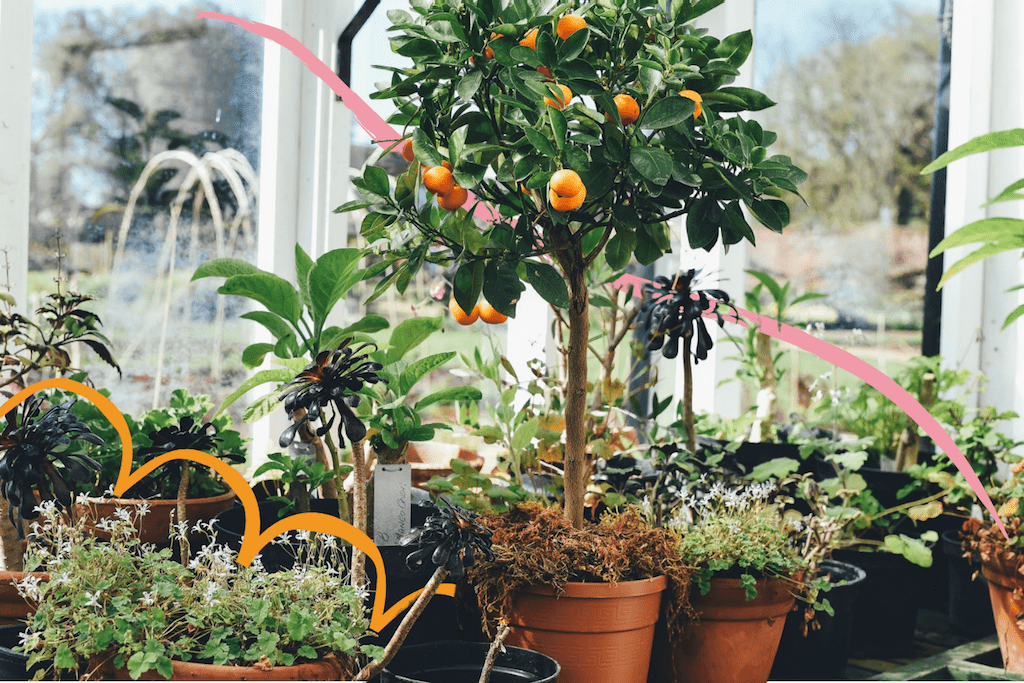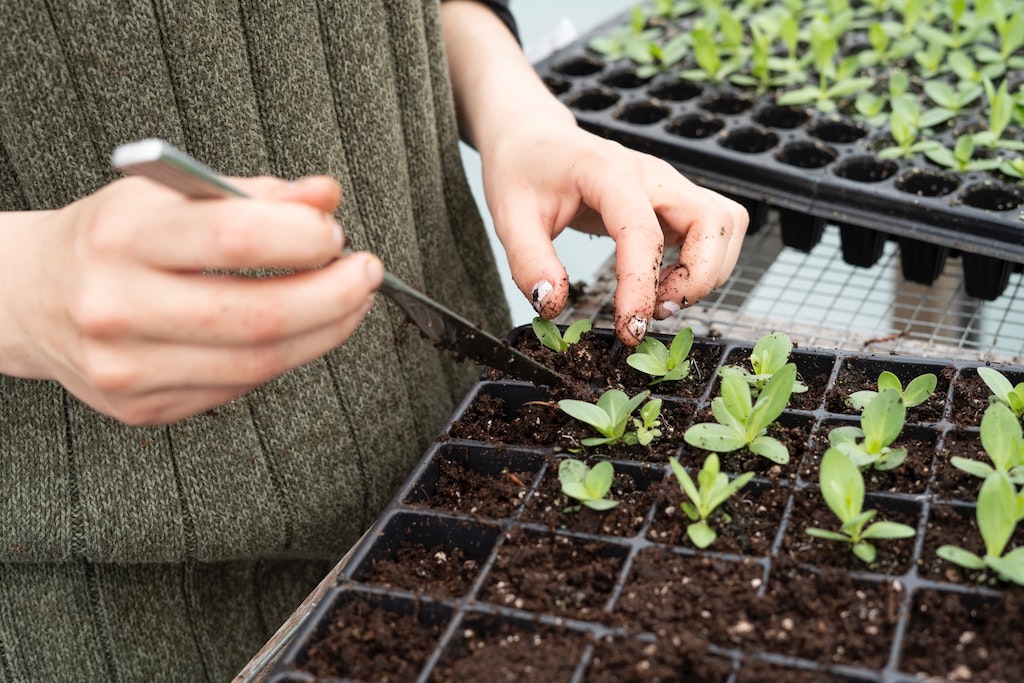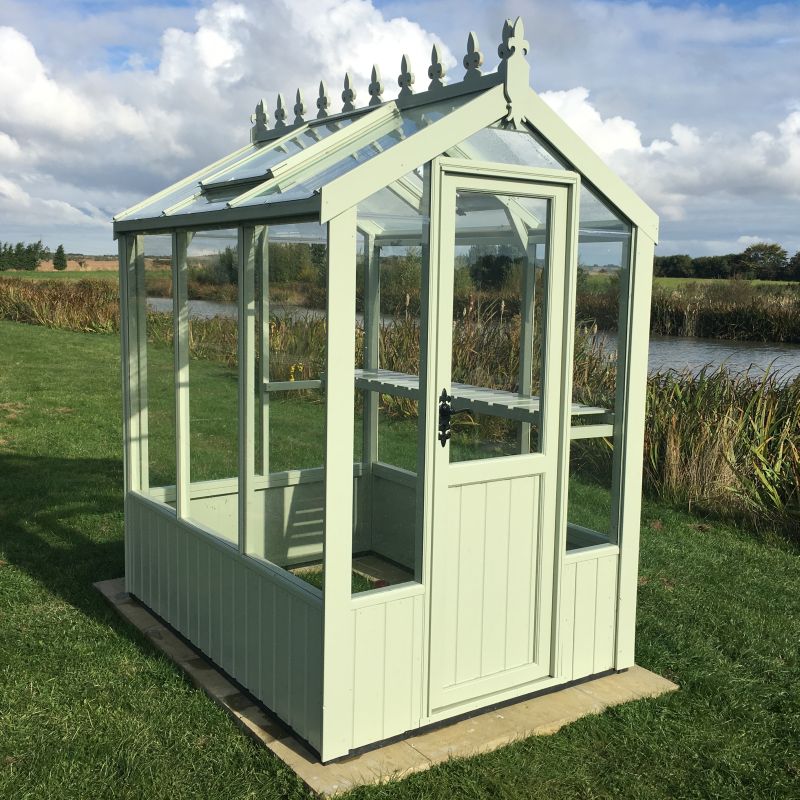Gardening is perhaps one of the best hobbies you can try. It helps keep you active, provides you with a daily dose of sunshine, and lifts up your mood. If you’re a gardening newbie, there’s nothing more fulfilling than having your own green space to cultivate and harvest fresh produce. But before starting your planting journey, there are a few things to keep in mind to have the best and most ideal greenhouse set-up.
With this useful guide, a novice grower can weed out unnecessary worries and stresses in kickstarting their planting project.
DECIDE HOW MUCH SPACE YOU NEED
Whether you’re planning to build your own, or if you intend to buy a greenhouse kit, the first step in your greenhouse gardening journey must be made by deciding how much space you need. Consider long-term goals rather than focusing on the ‘now,’ as you may be bound to regret your decision later.
In most cases, those who decide to build a conservatively-sized greenhouse end up having to build another one. So, as much as possible, add an extra allowance of space to your original plan.

CHOOSE THE RIGHT BUILDING TYPE
Once the space requirement has been identified, a newbie grower should choose the most ideal structure for the greenhouse. Check out these do-it-yourself greenhouse building plans and try to find which material is best for your space and climate:
- Metal Greenhouses
These structures often come with an aluminium frame, making them equally strong yet lightweight. Capable of carrying loads many times their weight, metal greenhouses are ideal for newbies who don’t have a vast planting area and want to optimise their green space.
- Polycarbonate Greenhouses
For newbie gardeners on a budget, polycarbonate may be the best solution. It’s the cheapest of the lot yet packs durability and flexibility. Greenhouses made from this material enjoy better light diffusion than glass and enhanced protection from ultraviolet rays. Generally speaking, polycarbonate makes the best small greenhouses, because of the material’s adaptability and pliable nature.
- Wooden Greenhouses
A well-controlled environment is key to a successful greenhouse. A wooden structure allows for great absorption of heat and light during the day. Additionally, it can retain heat when the temperature drops. With wood, you can ensure that the plants are well insulated, warm, and safe, even during the winter season.

BUILD YOUR OWN VS. GREENHOUSE KITS
After choosing the best greenhouse building material, it’s time to decide whether you’re up for building your own greenhouse. While building your own greenhouse structure may be a more appealing option, this would require carpentry and crafting skills.
You may be great at cultivating a living organism, but if you’re not handy with drills, hammers, and other power tools, it may be best to skip creating a greenhouse building and choose to buy a kit. There’s a great range at UK retailer South West Greenhouses here that you should check out, especially if you’re near the area.
As you can see, there are greenhouse kits available for just about anyone, depending on the size, material, and design. With so many options available, it can be challenging to choose a few greenhouses that best fit your requirements.
The kit comes complete with everything a newbie needs. As such, you can assemble your very own structure within a few hours, even if you’re not a skilled do-it-yourself woodworker. All you have to do is connect and snap the parts and pieces together.

Clearview 4′-8″ x 6′-4″ Sussex Greenhouse at swgreenhouses.co.uk
KNOW WHAT MAKES THE BEST GREENHOUSES
Size and style aside, the key to having one of the best greenhouses is to efficiently manage the elements that impact plant growth. A greenhouse needs to have a controlled environment in order for the plants to thrive. For these, you need to know the must-have greenhouse tools for beginners.
Additionally, here are a few ways to manage your greenhouse environment for optimum plant growth:
- Heat
Too much and too little heat are definitely a no-no for your greenhouse garden. If you live in areas where it can get too hot or too cold, think about the style and location of your structure before kickstarting your project. What’s more, you need to invest in additional temperature-regulating tools to make your plants happy.
Greenhouses located in cold environments, for instance, need to have heaters. This ensures that they remain warm even while it’s freezing outside. Conversely, greenhouse structures positioned in warm climates could use some shade and roll-up covers to reduce heat retention.
- Water
Position your greenhouse near a water source because plants grown in these special spaces require more fluids. That said, it can be easy to overwater your greenhouse plants. In order to prevent too much water from eventually choking up your vegetation, consider installing a drip irrigation system to control watering times more appropriately.
- Air
Proper ventilation is crucial to your plants as it helps regulate temperature, moisture levels, and air circulation—particularly the exchange of carbon dioxide and oxygen. That’s why the best greenhouses come with natural ventilation through design or add-in features such as adjustable roofs or sidings. If you have money to spare, invest in electric vents that can automatically open and close, depending on the ambient temperature.
Adequate airflow can also promote pollination in plants such as rice, corn, and oats. So, improving your greenhouse’s ventilation means you’ll be hitting two birds with one stone.
- Light
Sunlight supplies the energy needed for photosynthesis—the process by which plants produce their own food and give off oxygen as a by-product. That said, you’d want your greens to have access to natural sunlight even during the winter.
In order to make gardening an all-year-round chore, don’t let the absence of sunlight stop you. Hang a grow light inside your greenhouse to ensure your plants stay healthy, no matter the season.
- Plants
No greenhouse is ever complete without plants. So, as a newbie gardener, choose easy-to-grow herbs, vegetables, and fruits, as well as flowers, to make up for an enjoyable experience.
Start by planting herbs that you often use in the kitchen, such as basil, parsley, and oregano. For vegetables, greenhouse staples include lettuce, broccoli, tomatoes, carrots, and pepper. Berries, lemons, and oranges, as well as roses, petunias, and violets, are likewise worth cultivating.
Put The Green In The House
Choosing the right greenhouse structure and the things that go with it can be frazzling for a newbie; but not if you know the basics of what makes a functional greenhouse.
From the size, style, and key components, a greenhouse is also an investment if you’re serious about your gardening hobby. And speaking of investment, you’d better make sure that your hard-earned cash is well-spent by choosing not only the best but the most ideal greenhouse for your needs and plant preference.






